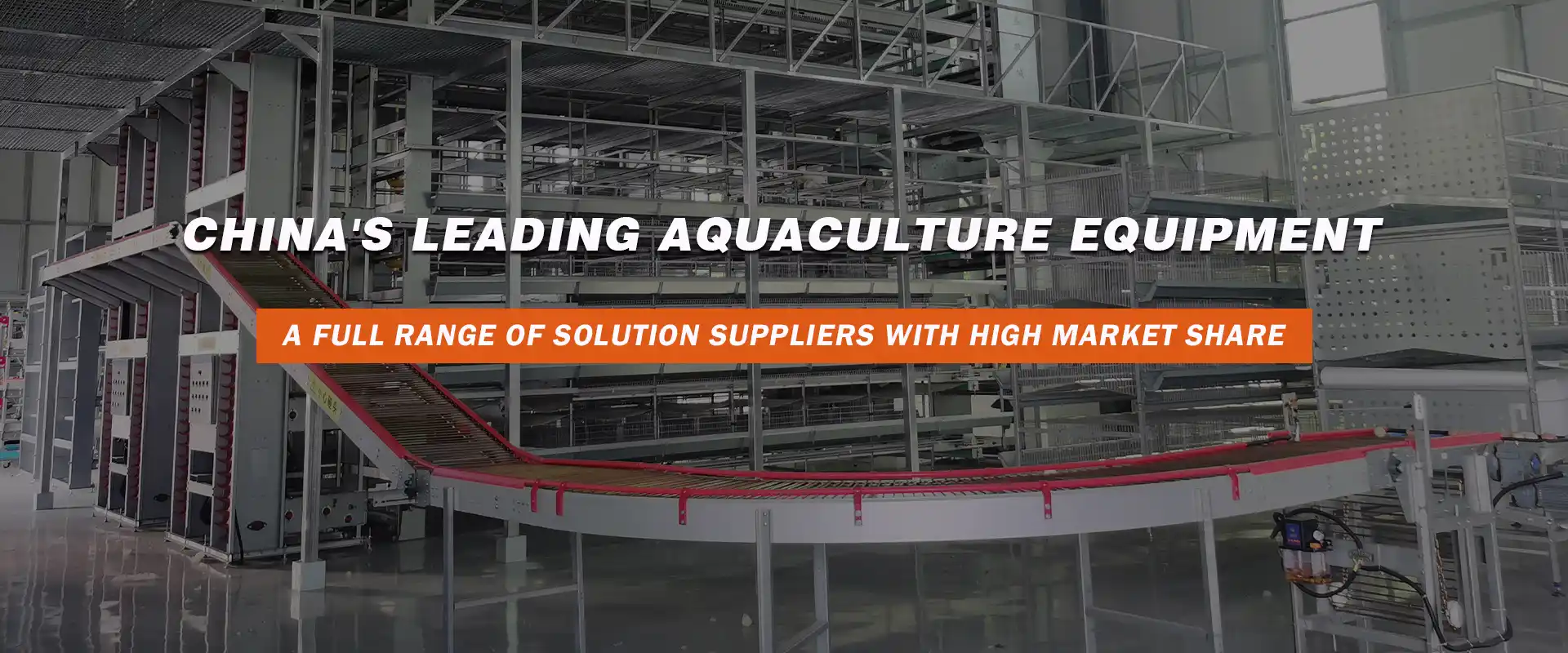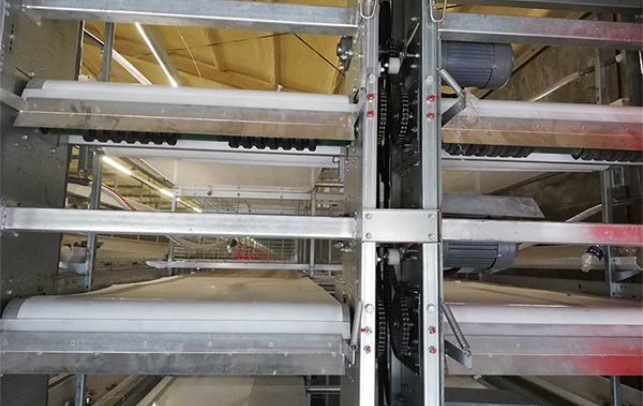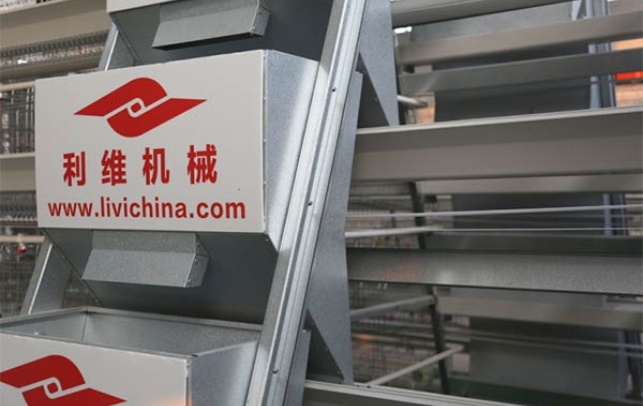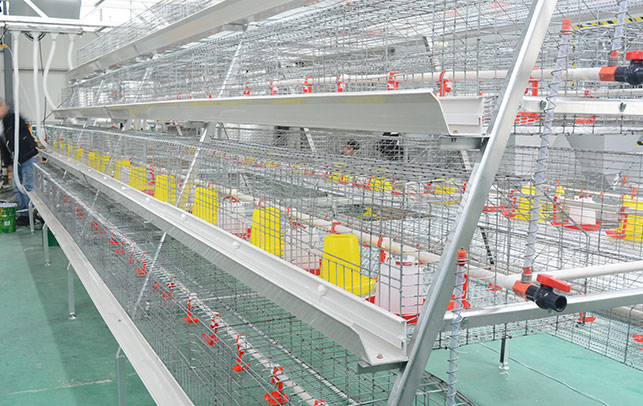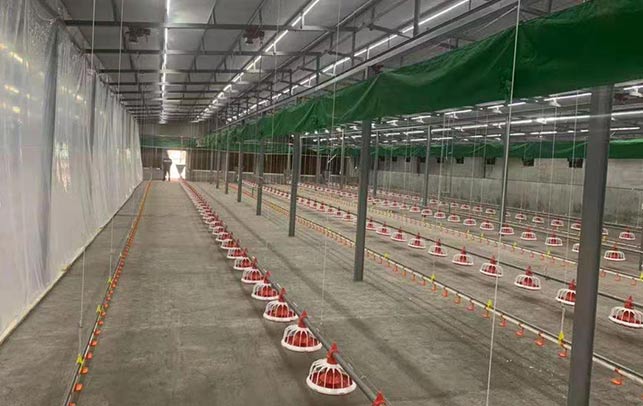Poultry Cage Systems for 20,000 Birds: Design, Efficiency, and Management
Time : 2025-03-25
Poultry cage systems are essential in the modern poultry industry for efficient and sustainable farming practices. When managing a large-scale operation such as one that houses 20,000 birds, the choice of cage systems is critical. This article delves into the design, efficiency, and management aspects of poultry cage systems tailored for 20,000 birds. By the end of this read, you will have a comprehensive understanding of the components and considerations necessary for optimal poultry farming.
Introduction to Poultry Cage Systems
Poultry cage systems are designed to house birds in an organized and hygienic manner. They come in various configurations, each tailored to different poultry species and farming goals. These systems provide an efficient environment for raising birds, ensuring their well-being and productivity. With a capacity of 20,000 birds, these systems must be robust, scalable, and adaptable to meet the unique needs of the farm.
Types of Poultry Cage Systems
There are several types of poultry cage systems suitable for large-scale farming, each with its advantages and disadvantages. Here are some common types:
– Layer Cage Systems: Ideal for laying hens, these systems are designed to ensure egg production. They often feature adjustable perches, feeders, and waterers.
– Broiler Cages: These systems are designed for raising meat birds. They typically have shorter perches and less space per bird to promote faster growth.
– Free-Range Cages: Combining the benefits of free-range farming with the convenience of controlled environments, these systems allow birds some movement while maintaining their safety.
Designing Poultry Cage Systems for 20,000 Birds
Designing a poultry cage system for 20,000 birds requires careful planning and consideration of various factors. Here are some key elements to consider:
Space Allocation
The amount of space allocated per bird is crucial in ensuring their well-being and productivity. For 20,000 birds, it is recommended to allocate at least 2-3 square feet per bird, depending on the bird species and the cage system chosen.
Cage Structure
The cage structure should be sturdy, durable, and resistant to corrosion. Galvanized steel is a common material used in cage construction due to its longevity and ease of cleaning.
Environmental Control
Maintaining an optimal environment is vital for the health and productivity of the birds. A good poultry cage system should incorporate features such as temperature control, humidity regulation, and adequate ventilation.
Feed and Watering Systems
Efficient feed and watering systems are essential for ensuring that the birds receive adequate nutrition and hydration. Automatic feeders and nipple drinkers can significantly reduce labor requirements and ensure consistent access to feed and water.
Efficiency in Poultry Cage Systems
Efficiency is a crucial aspect of large-scale poultry farming. Here are some ways to improve efficiency in poultry cage systems for 20,000 birds:
Automation
Automating tasks such as feeding, watering, and monitoring can reduce labor costs and improve productivity. Advanced automation systems can also provide real-time data on bird health and environmental conditions.
Energy Efficiency
Energy consumption is a significant concern in poultry farming. Using energy-efficient lighting, heating, and cooling systems can help lower operational costs and reduce the farm’s carbon footprint.
Regular Maintenance
Regular maintenance of the cage system is crucial for its longevity and efficiency. Routine checks, cleaning, and repairs can prevent downtime and extend the lifespan of the equipment.
Management of Poultry Cage Systems
Proper management is essential for maintaining the health and productivity of the birds. Here are some key management aspects:
Staff Training
Ensuring that the staff is well-trained in the operation and maintenance of the poultry cage systems is crucial. Proper training can help reduce errors and improve efficiency.
Health Monitoring
Regular health checks and monitoring of the birds can help detect and address any issues early on. This includes monitoring feed and water consumption, egg production, and general behavior.
biosecurity Measures
Implementing biosecurity measures is crucial to prevent the spread of diseases and pests. This includes regular cleaning and disinfection of the cages, limiting access to the farm, and implementing a vaccination program.
Conclusion
Poultry cage systems for 20,000 birds require careful planning, efficient design, and effective management. By considering factors such as space allocation, cage structure, environmental control, and management practices, you can create a productive and sustainable poultry farming operation. With the right approach, poultry cage systems can be a valuable asset to your farming business.




